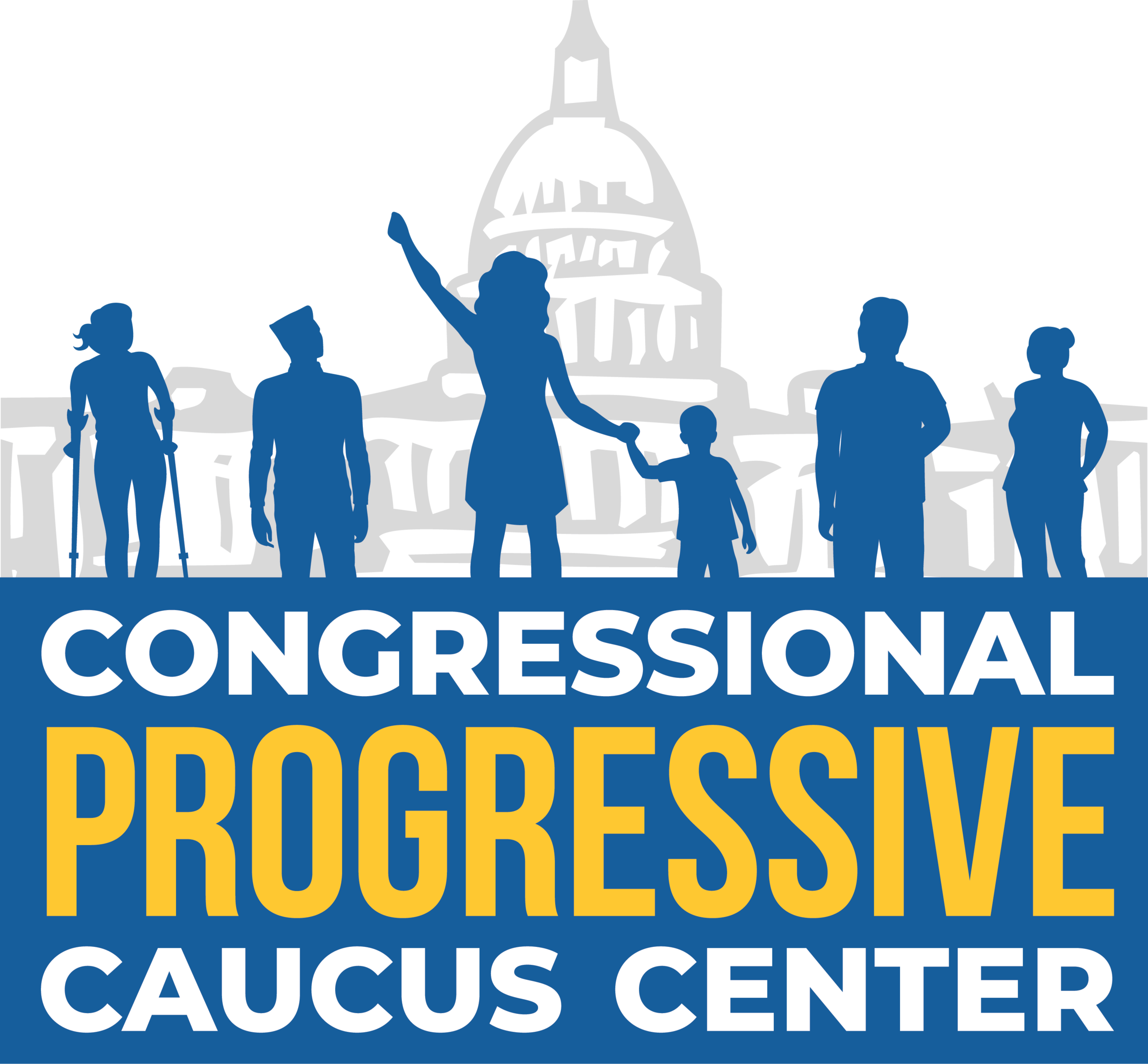February 21, 2025: What’s Next for Trump’s Agenda in Congress
Last night, the Senate took a major step in its effort to move President Trump’s legislative agenda. If you’ve been following this topic and are thinking, “didn’t Trump endorse the House’s plan?”—you’d be correct!
Below is a quick recap of how we got here and what to watch next.
Reconciliation Recap
Quick reminder: to avoid having to earn any votes from their Democratic colleagues, congressional Republicans aim to use a process known as reconciliation to advance the President’s legislative agenda. That includes renewing and expanding corporate-friendly tax policies from the first Trump Administration; greenlighting hundreds of billions of dollars for the military and deportations; and defunding programs like Medicaid, which provides health care to more than 70 million Americans.
To learn more about the reconciliation process, check out The Basics of Budget Reconciliation.
The Republican-controlled House and Senate have different plans to enact Trump’s agenda. You can read about the Senate’s proposal here, and the House’s here, but here’s a quick rundown of their major differences:
The Senate’s proposal tees up a two-bill approach to reconciliation, while the House aims to do just one. For more on why that matters, see our January 10 update.
The House proposal makes room for massive tax cuts for corporations and the ultra-wealthy. The Senate’s proposal does not touch tax issues—they want to do that later this year via a separate bill (hence, the two-bill approach above).
The House aims to spend a lot more than the Senate does ($4.8 trillion in the House vs. $521 billion in the Senate). Again, this is largely because of taxes.
The House’s proposed cuts are way bigger than the Senate’s ($1.5 trillion with a goal of $2 trillion in the House vs. at least $4 billion in the Senate).
The House wants to raise the debt ceiling by $4 trillion. The Senate’s proposal doesn’t touch the debt ceiling.
To be clear: the Senate’s plan still sets the stage for Republicans in Congress to defund Medicaid and SNAP and plot tax giveaways to corporations and billionaires later this year—while, at the same time, Trump and Elon Musk gut the services and protections working families depend on. All of this will result in a government that serves the ultra-wealthy and corporations rather than working families.
Where Things Stand: Plan B was Step 1
Despite Trump endorsing the House’s approach, the Senate voted last night to advance their reconciliation proposal by a nearly-party-line vote (Senator Rand Paul of Kentucky was the only Republican to vote no). The Senate also rejected a host of amendments Democrats proposed, including:
An amendment to block tax breaks for the mega-rich if Medicaid is defunded (from Senator Schumer);
An amendment to prohibit tax breaks for people making more than $1 billion if inflation is raising food prices (from Senator Klobuchar);
An amendment to maintain retain federal workers who are responding to bird flu (from Senator Slotkin); and
An amendment to protect veterans’ health care benefits from cuts (from Senator Blumenthal).
Senate GOP leaders framed the vote as one to maintain a backup option should House Republicans’ plan fail (for more on the skepticism around House Republicans’ chances, see our Wednesday update). But despite this first step, Republicans’ path to actually moving a bill the President can sign into law isn’t clear.
Last night’s vote essentially amounts to the Senate deciding which issues they’ll plan to tackle in an eventual reconciliation bill, should their Plan B be necessary—they finalized their outline, if you will. But to actually fill in that outline and vote on that final product, both chambers have to agree on the same outline.
So, What’s Next?
The House plans to vote on its own plan—sticking with this metaphor, its “outline”—next week. Again, here’s a rundown of what the House has proposed (and what Trump favors over the Senate option). If the House plan passes—and that’s not a given—there may be added pressure for the Senate to get on board given Trump’s endorsement.
As a reminder: the House wants to tackle all of Trump’s legislative priorities in one bill. That means more than $4 trillion in tax cuts for the rich and corporations, gargantuan cuts to health care and food assistance, as well as mass deportations and a giant boost to the already massive Pentagon budget—all in a single piece of legislation.
Crafting a bill that big, and gathering all the votes necessary to move it, could take awhile. And as I (grossly) said in our update on one bill versus two, big legislative efforts can age like milk.
The more time it takes to put this package together, the more time reporters and analysts have to dissect its impacts and share that information with the public. From a transparency standpoint, letting that sun shine in is a good thing! But if you’re trying to get this package over the finish line, you don’t want that milk sitting out too long—and at the risk of really forcing this awful metaphor, you definitely don’t want that milk sitting out in the sun.
The upshot? This process is far from over.
Your author has a request!
As news out of Capitol Hill continues to come fast and furious, we want to offer the most useful guidance possible to help folks understand implications for their communities and issues they care about.
Please complete this 5-question survey to share your feedback on Unrig the Rules updates, how you use them, and what other content might be valuable. Thank you in advance for your time!
Sign up for future Unrig the Rules updates here! If you’d like a live update for your group or coalition, reach out to catherine@progressivecaucuscenter.org. Thanks!

